Korean lens maker Samyang (also sold as Rokinon in some markets) has had a bifurcated approach to lens development on Sony’s FE (full frame mirrorless platform). They have released (at this point) a traditional trinity of wide aperture F1.4 primes (35, 50, and 85mm – all of which I’ve reviewed if you click the link of each lens) while also releasing their “tiny” series, which include 24 and 35mm F2.8 in essentially a “pancake” form. In 2019, however, they released two lenses that are somewhere in between the two, including the 45mm F1.8 (which I reviewed and loved here) and the lens in question today: the Samyang AF 18mm F2.8. While the AF18 (as we’ll call it for brevity) shares a maximum aperture with the 24 and 35mm, it is more akin to the 45mm in its positioning and size. F2.8 is on the wider side of maximum aperture at 18mm, with few lenses offering a wider maximum aperture at the focal length.
The genius of the AF18 is in the fact that it is incredibly small for such lens while simultaneously offering up very solid optical performance with no real fatal flaw. This means that it is a simple lens to always have along so you have an option for framing a scene in a wide fashion. The extreme low weight means that you have next to no penalty in bringing it along. I love having such a lens for travel or to complement a telephoto type lens in case I encounter a situation where I need a wider angle of view.
18mm falls right in the sweet spot for landscape photography. It is wide enough to frame most scenes, but not so wide that it requires extreme skill in composition. So, in theory the Samyang AF 18mm F2.8 sounds like a winner, but does expectation meet reality? Read on to find out, or, if you are more visually inclined, you can watch either my brief review or thorough video reviews below:
Follow Me @ Patreon | My Newsletter | Instagram | Facebook | Twitter | Flickr | 500px
AF18 Build and Handling
As noted, the AF18 is a very compact lens that is extremely similar in size to the 45mm F1.8. They are close enough that it would be hard to tell once from the other at a cursory glance, though one “tell” is that the lens hood on the AF18 is petal shaped rather than the solid outer line of the hood on the AF45. Samyang has a great “look” for its lenses, and in many ways this reminds of appearance of the some of their small APS-C manual focus mirrorless lenses that I reviewed years ago like the 12mm F2, 21mm F1.4, and 50mm F1.2 options. The AF18 is most like the former lens in character, as a 12mm lens designed for APS-C needs to be multiplied by the crop factor of that camera (1.5x on Sony), making it a full frame equivalent 18mm. And speaking of focal length: if you put the AF18 on an APS-C camera or shoot it in crop mode on a full frame camera you will get a focal length of roughly 27mm, which is very useful as it almost covers the 28mm focal length, a favorite for many.
The lens is only 2.5” (63.5mm) in diameter, with a small and common filter size of 58mm. The overall length of the lens is 2.38” (60.5mm), making it slightly shorter than it’s diameter, though the lens shape doesn’t quite give the impression of being squat. That’s even more true with the included lens hood attached. It has a slight flare outward in it and is quite short (no more than 2cm in length). It is made of thin, lightweight plastic and weighs almost nothing in the hand. It can be mounted in the reverse position for storage and fits into a sweet little molded, zippered case that also comes included. The compact size of said case helps makes it very useful – you might actually use it!
The AF18 is extremely lightweight; it is only 5.11 oz (145g) in weight. You honestly won’t even hardly know it is on your camera. Very useful for a lens that has a very wide 100.1 degree angle of view!
The design philosophy is clean and simple. The body is made of engineered plastics and finished in a black satin that is broken up only by some badging, the focus ring, and a deep crimson accent ring whose color and look I’m partial to (like Canon’s L lenses though, if anything, a richer color). There is no weather sealing in this little lens (like the AF45), which is really the only significant mark against it in terms of build.
The focus ring moves smoothly with a decent amount of damping. This is focus by wire (as all mirrorless lenses) and is unfortunately not linear in nature. What this means is that focus won’t always correspond to the position of the focus ring, and if you focus at different speeds, you will end up at a different position on the focus ring. The quality of focusing isn’t bad, though I found that when I wanted to make very small, finite focus changes, I felt almost like the ring “stuck” a little bit and lacked some precision. I’ve magnified the flaws here, but most of what I’ve described is common to many (most?) lenses on Sony. This is one area where the more premium lenses often distinguish themselves. The active focus area will magnify in the viewfinder and an on-screen distance scale will appear when focus input is detected. It’s not hard to find correct focus, and one can add focus aids like overlays if desired.
Truthfully, however, few people will actually spend much time manually focusing this lens, as the autofocus is generally excellent. The only time I used manual focus (other than in testing it) was when shooting stars and not have a high contrast enough subject to autofocus on. I had no problem getting accurate results using manual focus in that situation. A tip if you aren’t familiar with how to do this: select an area where the stars are brightest as your area to magnify and turn the focus ring until the star points are the smallest possible. When they are out of focus, they will appear larger and softer on screen. When in focus they will appear as small, hard points of light.
There are no switches on the barrel, so selecting between autofocus and manual focus will have to be done from within the camera body.
There are seven rounded aperture blades, though there will be few situations where you can create much background blur with this lens. It focuses down to 9.84” (25cm), and there produces a rather poor .09x magnification.
This is one area where the Samyang 12mm F2 APS-C manual focus lens easily bested the AF18 as it focuses down 5cm closer.
So while there is nothing premium about the build of the AF18, there isn’t really anything to complain about, either. It feels nicely built in a lightweight, clean fashion. I would love to have some weather sealing and an AF/MF switch, but at this price point their absence is perfectly understandable.
AF18 Autofocus Performance
There was a lot of good things to report on the autofocus front. Samyang has made huge strides in autofocus development in the past few years, and it shows here. The AF18 utilizes a linear STM focus motor that focuses quickly and essentially silently. If I press my ear right against the lens I can hear a faint whirring, but it was too quiet to be picked up even by onboard microphones during video.
Focus pulls during video were smooth and silent, with major changes coming quickly and yet smoothly.
Autofocus accuracy was good, too, with focus happening swiftly and locking on without hesitation.
The AF18 supports all of the functions of Sony’s hybrid AF, including Eye AF. It should be noted, however, that Eye AF is practically limited with wide angle lenses. The wide angle of view means that the eye often occupies too little of the frame to be accurately detected, and you won’t find it picking up the eye and tracking it until you get fairly close (probably within 8 feet). Most of the time this won’t be an issue, as depth of field will be deep enough that Eye AF is unnecessary, but I did have one instance where AF chose the background instead of the subject:
Moving a flexi-point onto my subject solved this, and when I was closer, Eye AF kicked in, so all my other portrait results were well-focused:
This is really the closest thing to a negative I could come up with. Autofocus performance was very strong. The smooth transitions also made it an attractive video lens, and the light weight of the lens along with the nature of the focal length makes it a natural choice for work on a gimbal or for use in something like vlogging.
Samyang AF 18mm F2.8 Image Quality
We’ve discovered that the form factor and autofocus performance of the AF18 is attractive, but does it perform well enough optically to be a legitimate choice? It’s worth viewing the image quality portion of the detailed review (beginning at 09:37) to interactively get a sense of the image quality from the lens.
The tiny AF18 sports a relatively simple (for a wide angle lens) optical formula of 9 elements in 8 groups. The vast majority of these elements are special ones, however, including: three extra-low dispersion elements (to reduce color fringing and chromatic aberrations in order to produce greater clarity and color rendering), three aspherical elements, and two high refractive index elements (these last five elements help control spherical aberrations and distortions for improved sharpness and resolution). That makes 8 out of the 9 elements special elements, which is, in my experience, unusually high. An Ultra Multi-Coating has been applied to individual elements in order to reduce flare and ghosting for increased contrast and a neutral color balance (according to Samyang). Does all of this work out to excellent optical performance?
Pretty much.
There are a few areas where I can detect a minor compromise to accommodate the small size, but nothing that I would consider a deal-breaker.
One of those areas is a fairly strong amount of vignette at F2.8, though there is a vast improvement by F4. There’s also some barrel distortion. The quantity is very mild, though there is a little of a wave/mustache pattern to it. While there isn’t yet a profile correction in Lightroom for it, I did manage to cobble together an effective profile correction by modifying one for the AF 14mm F2.8. Here’s a RAW file before/after correction, a comparison to the JPEG corrected in camera, and finally a look at how much less vignette is evident at F4 vs F2.8:
It’s worth nothing that video will also receive in-camera corrections if desired. I would say that the vignette is the leading evidence of compromise in such a small design, but, as we also saw, it is largely corrected by F4. The barrel distortion is exaggerated by the closeness of the test shot and should be less evident at further focus distances.
If we dive into resolution, we find excellent resolution in the center with good contrast, and reasonable corner resolution though with reduced contrast.
Real world results look quite good at F2.8, though, to be fair, one tends to shoot wide open shots with more emphasis on central rather than corner sharpness.
There’s a fairly obvious uptick in contrast at F4 across the frame (though a bit less in the corners), with strong resolution reaching further into the extreme corners.
By F5.6 the corners look quite excellent even at the close focus distance, and real world images look great. Here’s a look at an F5.6 image and a corner crop which reveals two important details: 1) resolution right into the corner is excellent and 2) there is no evidence of lateral chromatic aberrations to be seen:
Here’s a look at few other landscape photos (most of which are taken at F5.6):
You can also see very nice color rendition in these shots along with good global contrast. Put simply: images look great on both a global and a pixel level, which is fantastic for such a small optic.
Flare resistance is also quite good, with almost no negative impact on images when shooting at wide apertures. Stopped down significantly (I test at F11), I could see a more pronounced ghosting pattern. The 7 bladed aperture produces a fairly nice sunburst effect, which is very welcome considering that this was one of the areas that I liked least about some of Samyang’s early wide angle lenses.
I encountered very little real-world issues with flare, so I consider this to be a strength for the lens.
This is not the kind of lens that one will create much bokeh with. It’s low magnification means that there are few opportunities to even get close and put a background out of focus. Here’s a look a few such situations, where the blur is frankly rather unimpressive (though I don’t really think this matters all that much).
Finally, I did have a chance to test coma, though under less than ideal conditions. Clear nights in winter where I live often coincide with the full moon, which obviously limits the potential contrast of star points against the sky. What I found, however, is that star points were crisp in the center with a bit of coma in the corners. It wasn’t a top tier coma performance, but good enough to make the AF18 useful in that situation.
All in all, this actually quite a strong performance from such a tiny lens. The ability to get these kinds of results from such a compact optic makes it an even better option for when you want to travel light. If you would like to see more photos, check out the image gallery here!
Conclusion
So we’ve got a lens that is compact, lightweight, and costs only $329 USD (at the time of this review) while offering up excellent autofocus performance and image quality. Hmmm…seems like a pretty safe choice, no? Those looking for a lightweight lens with a wider angle of view will find a lot to love in this little Samyang (or Rokinon). I personally love the concept, as I’ve found that having a compact wide angle option to bring along when I’m carrying longer focal lengths assures me that I’ve got framing options if I encounter then. It’s rare to have a compact telephoto, so a lens like the AF18 is great because it is literally small enough to fit into a jacket pocket. The fact that it provides solid optical performance is icing on the cake.
In years past I used the little Voigtländer 20mm F3.5 pancake lens in a similar fashion on Canon, though that lens wasn’t nearly as optically sound as this one. The AF18 lacks weather sealing, and the build is nothing special, but the autofocus performance is excellent, it is easy to use filters on it, and it produces great looking images. I wish it had some weather sealing because such a lens will often be used outdoors, though the low price point makes this an understandable omission.
In short, I see little to complain about when it comes to the Samyang AF 18mm F2.8. It’s a great addition to the Sony FE platform whether you are shooting video or stills. The combination of small, lightweight, and inexpensive along with good autofocus and image quality is easily a winning one. Put this one on the buy list!
Pros:
- Wonderfully compact and light
- Excellent autofocus – silent and fast
- Good image quality
- Excellent resolution, contrast, and color at landscape apertures
- Good flare resistance
- Good chromatic aberration control
- Includes hood and case
- Inexpensive price
Cons:
- Fairly strong wide open vignette
- Mild mustache pattern distortion
- No weather sealing
Purchase the Samyang AF 18mm F2.8 @ B&H Photo | Amazon | Amazon Canada | Amazon UK | Amazon Germany | Ebay
Sony a9 Camera: B&H Photo | Amazon | Amazon Canada | Amazon UK | Amazon Germany | Ebay
Sony a7RIV Camera: B&H Photo | Amazon | Amazon Canada | Amazon UK | Amazon Germany | Ebay
Sony a7R III Camera: B&H Photo | Amazon | Amazon.ca | Amazon UK | Ebay
Peak Design Slide Lite: Peak Design Store | B&H Photo | Amazon | Amazon Canada | Amazon UK
Peak Design Leash Strap: Peak Design Store | B&H Photo | Amazon | Amazon Canada | Amazon UK
BenQ SW271 4K Photo Editing Monitor – B&H Photo | Amazon | Amazon.ca | Amazon UK
Adobe Photoshop Creative Cloud 1-Year Subscription
Exposure Software X5 (Use Code “dustinabbott” to get 10% anything and everything)
Visit Dustin’s Amazon Storefront and see his favorite gear

Purchasing your gear through B&H and these links helps fund this website and keeps the articles coming. You can also make a donation here if you would like. Visit my Amazon page for some of my gear of choice! Thank you for your support.
Great News! I can now offer a 5% discount on all purchases at Amplis Foto, Canada’s Leading Photographic Supplier. Please enter discount code: AMPLIS52018DA in your cart. It is good for everything in your cart, and is stackable with other coupons, too! It will take 5% off your entire order! Proceeds go towards keeping this site going and providing you with new reviews!
Check me out on: My Patreon | Sign Up for My Newsletter | Instagram | Facebook | Twitter | Flickr | 500px | Google+ |
Use Code “DUSTINHDR” to get $10 off ($15 CDN) any Skylum product: Luminar, Aurora, or AirMagic
Purchase the Samyang AF 18mm F2.8 @ B&H Photo https://bhpho.to/2SD6pUP | Amazon https://amzn.to/2QEAT6g | Amazon Canada https://amzn.to/2sB66PX | Amazon UK https://amzn.to/37x8uFT | Amazon Germany https://amzn.to/39CqLUh | Ebay http://bit.ly/SamAF18
Keywords: Samyang 18mm, Rokinon 18mm, Samyang, Samyang AF, 18mm, Rokinon AF, Samyang AF 18mm Review, Samyang 18 F2.8, Dustin Abbott, Review, Autofocus, Sony a7RIII, Sony A7RIV, Sony a7R IV, Sony a9, Hands On, Video Test, Portrait, Video, Coma, Real World, Comparison, VS, Sony FE


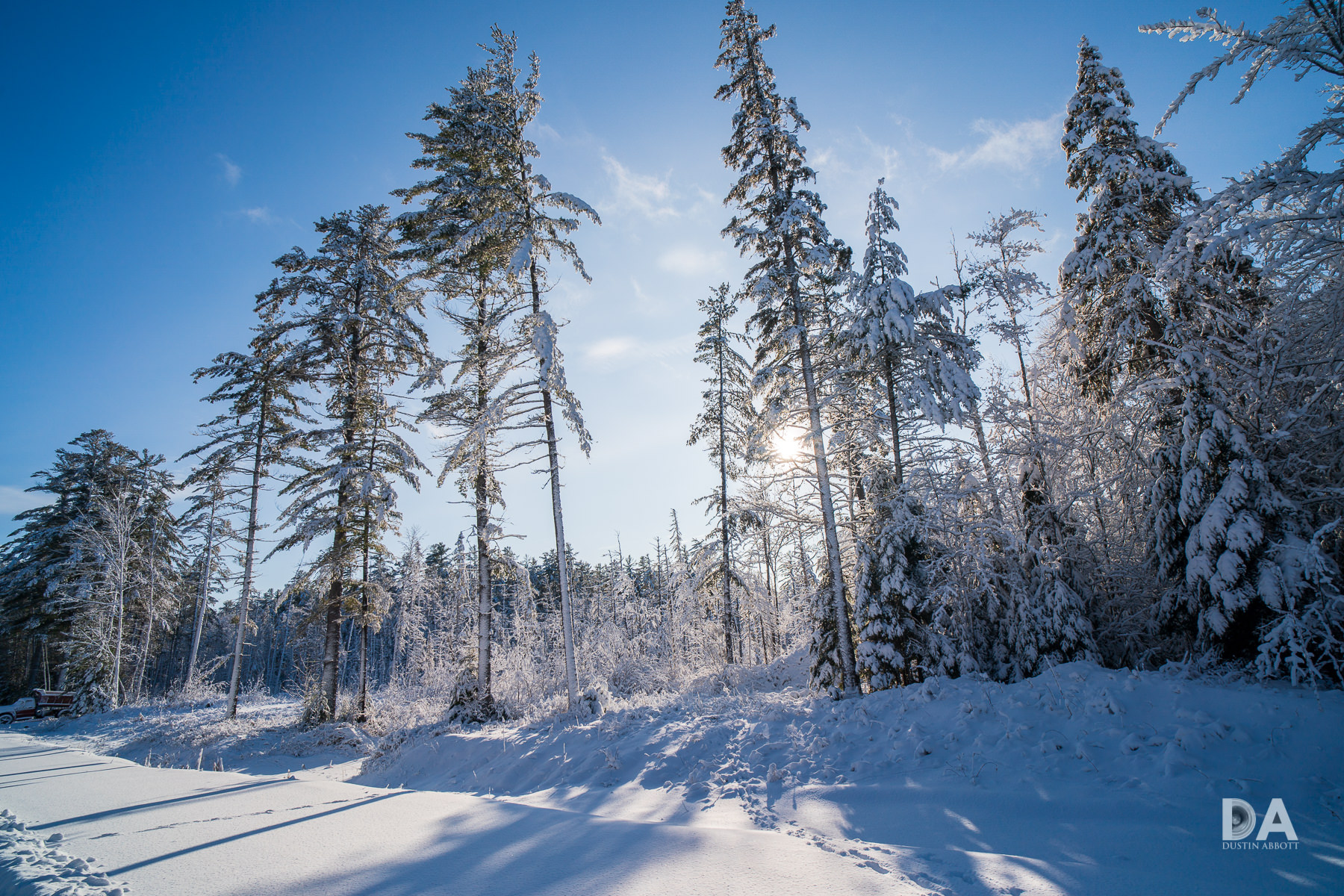
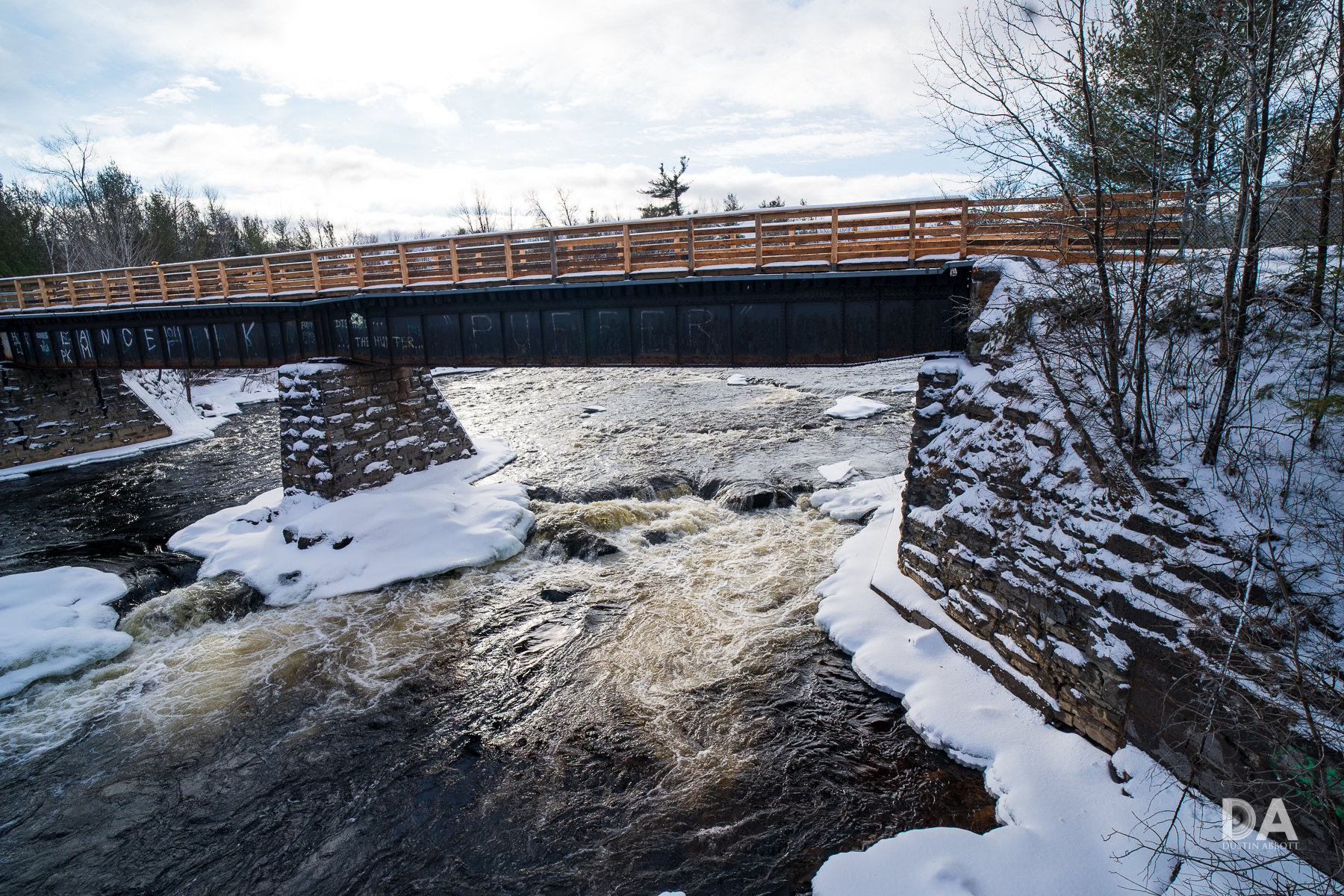
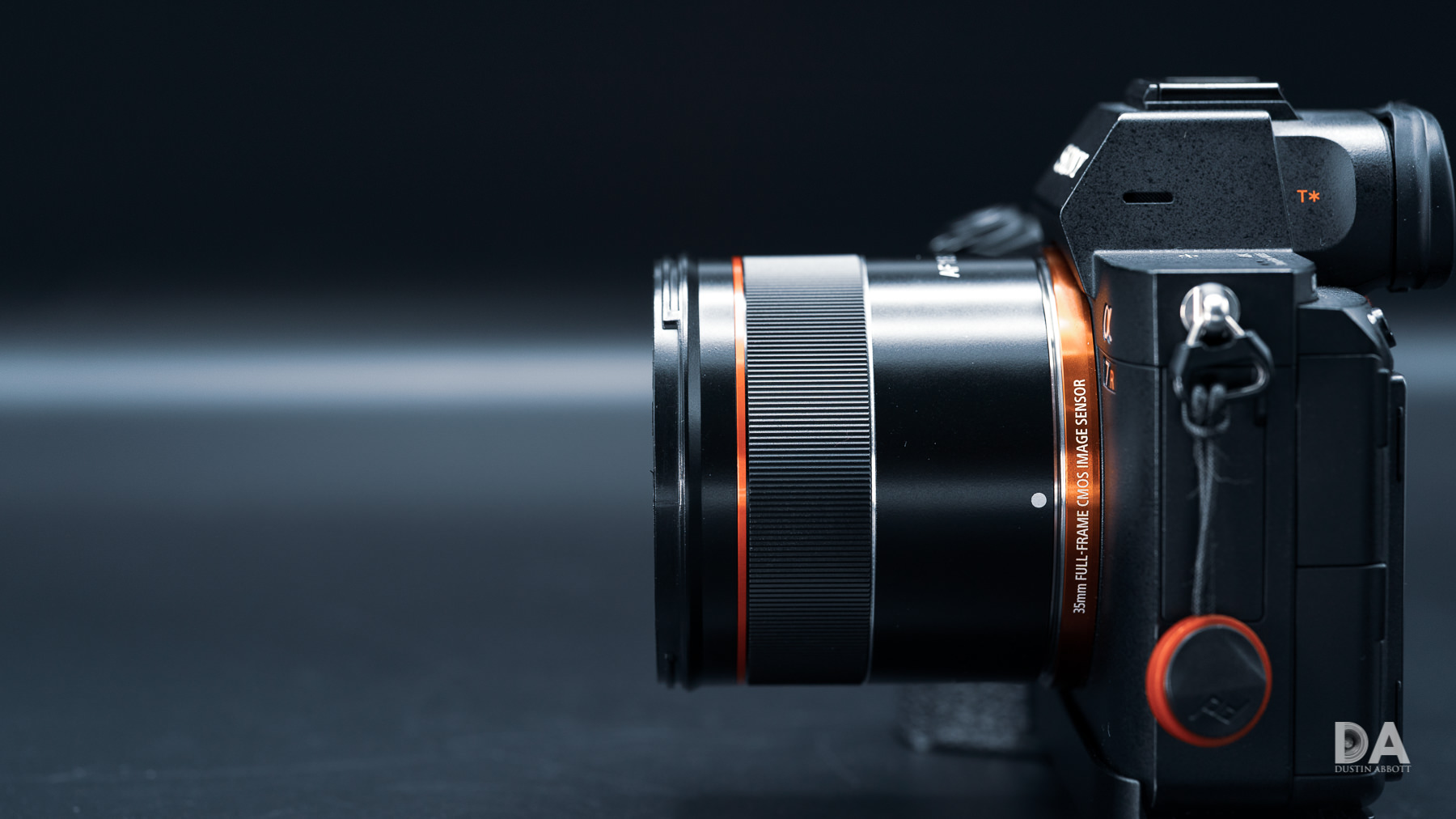
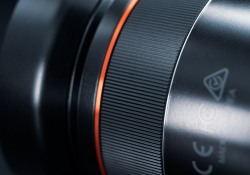
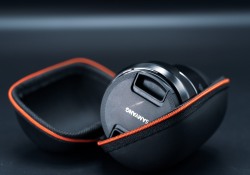
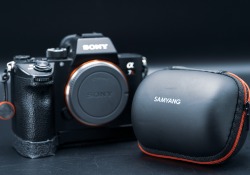


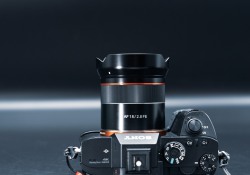
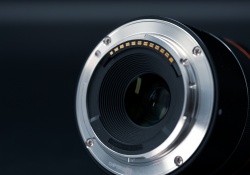
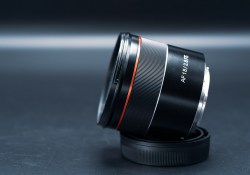

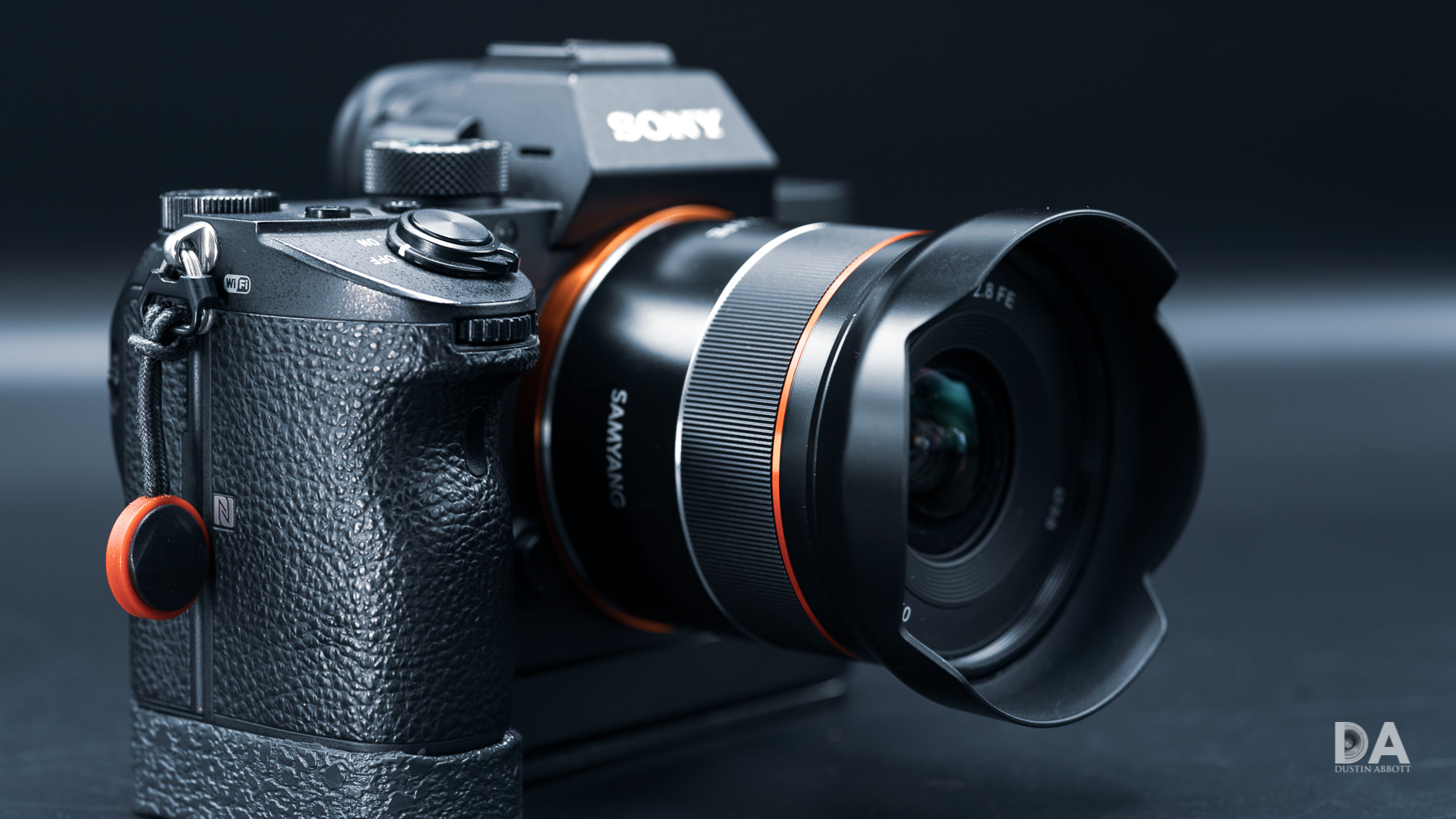
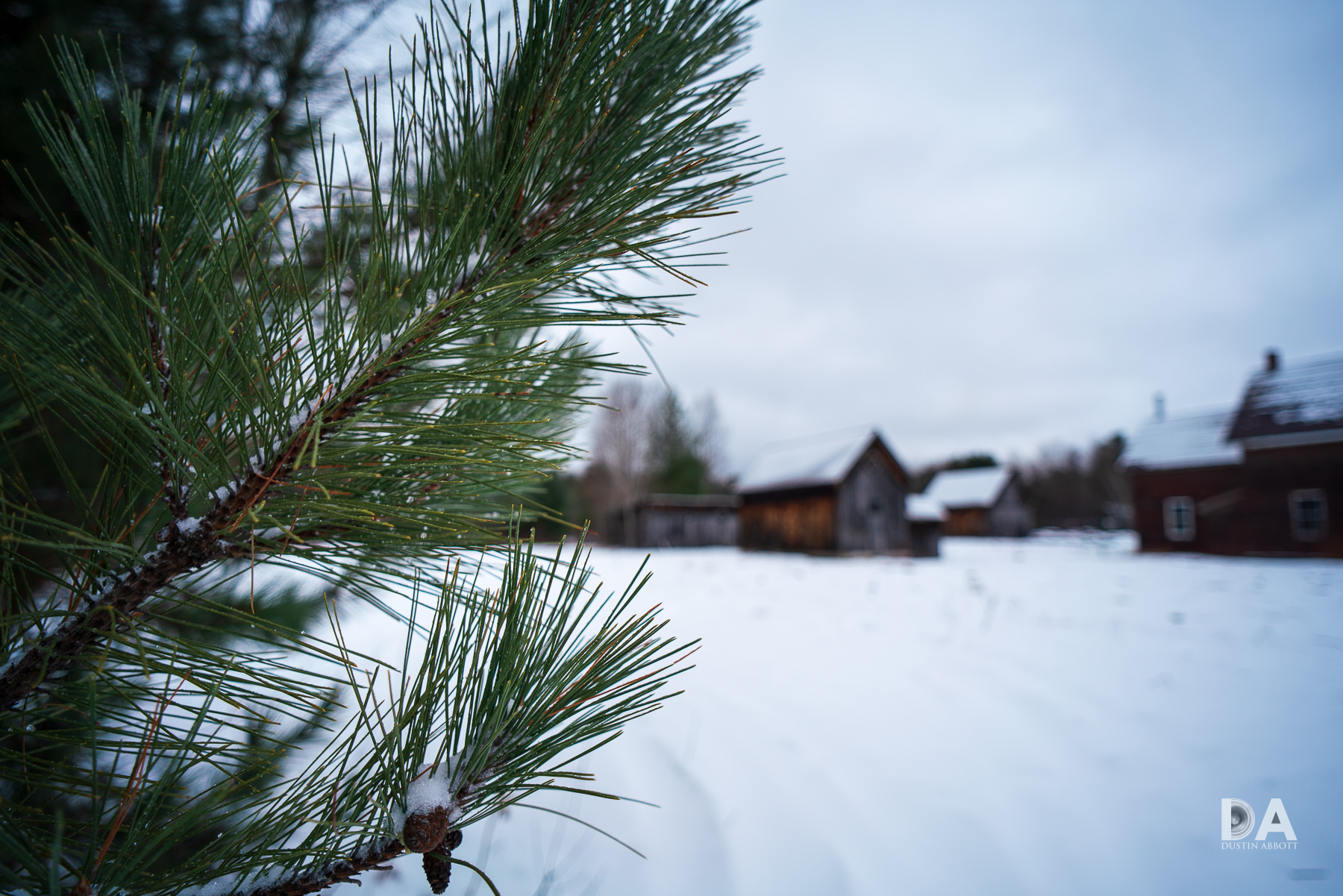
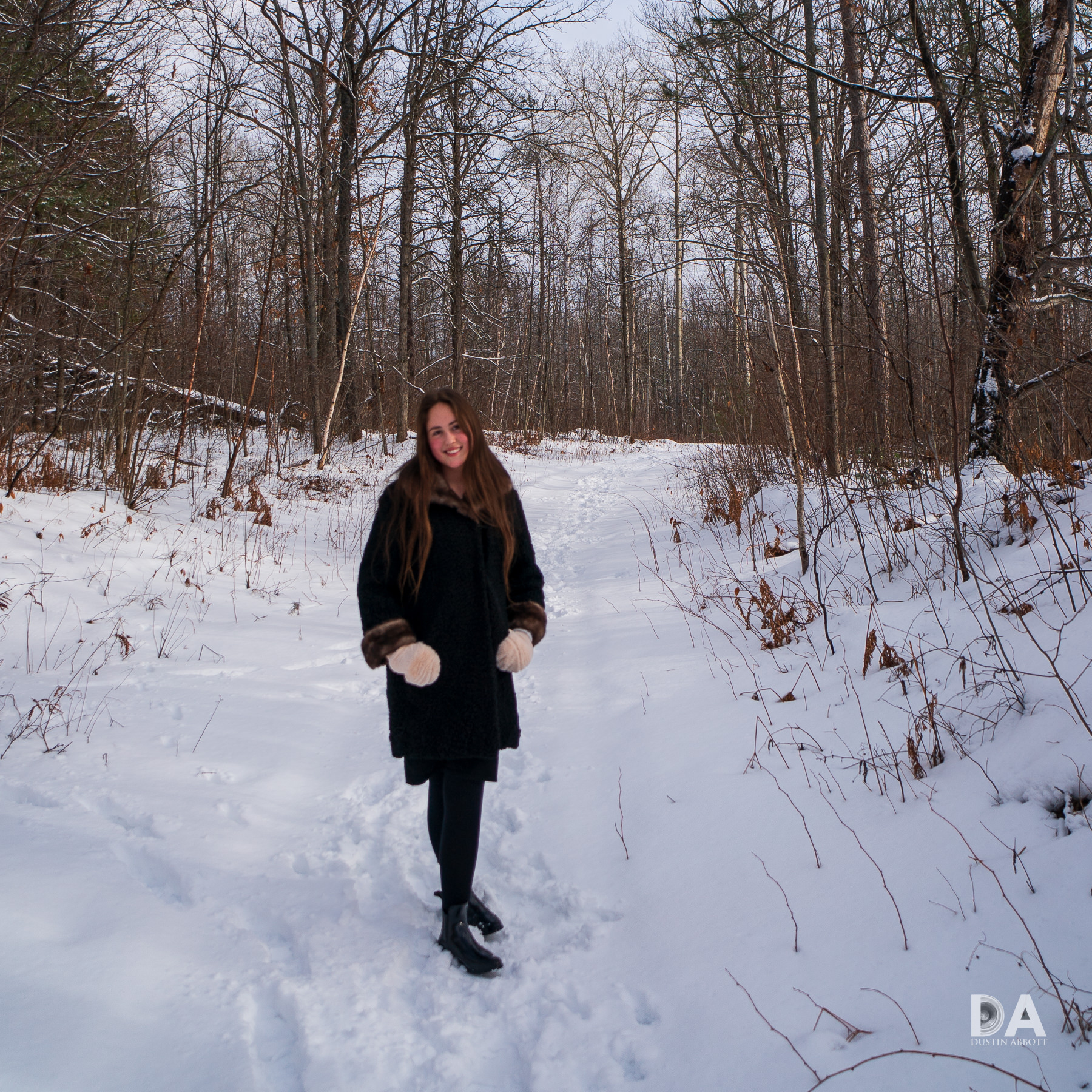
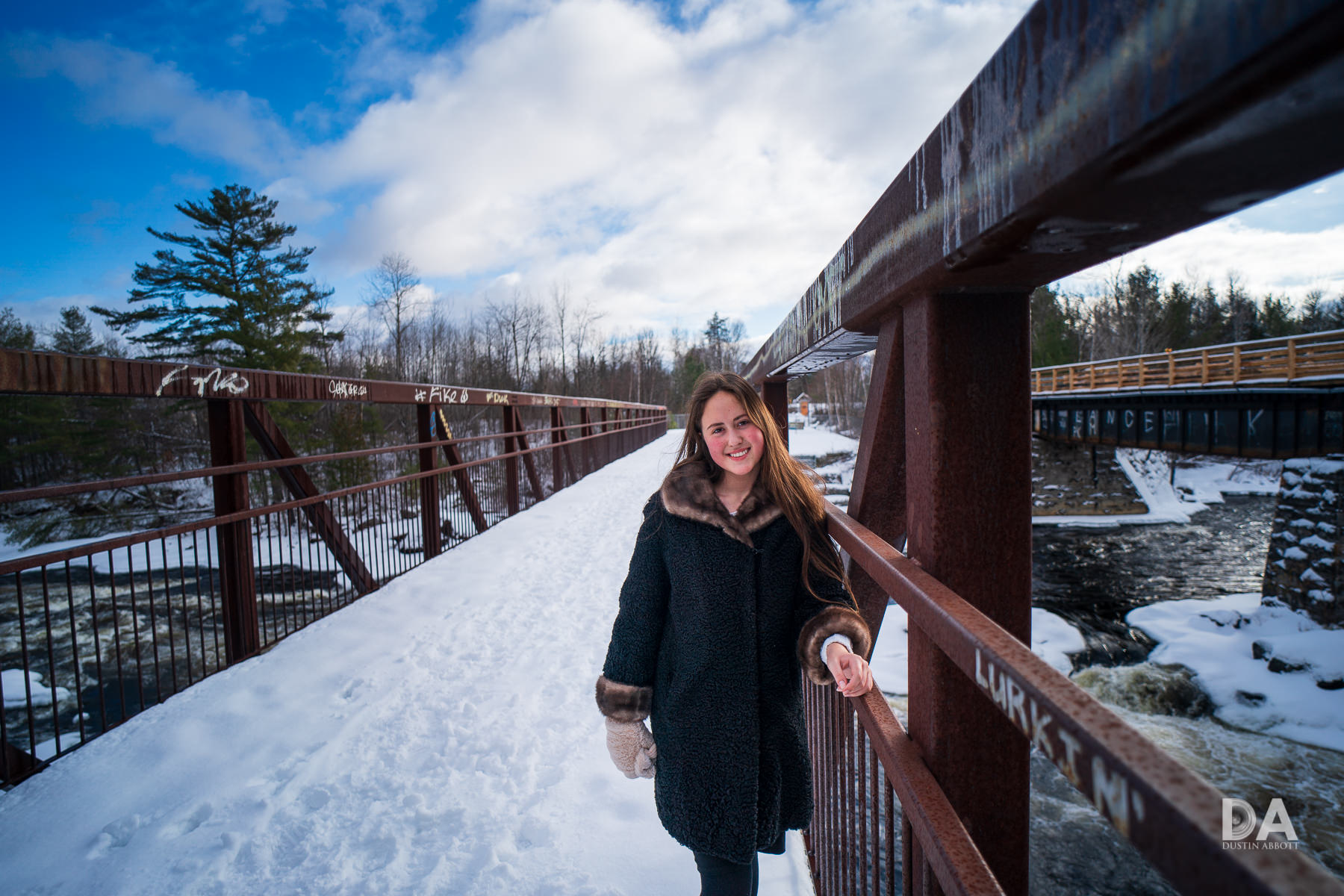



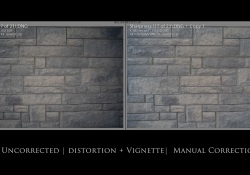
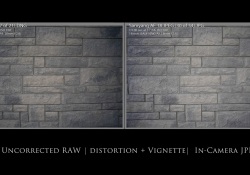

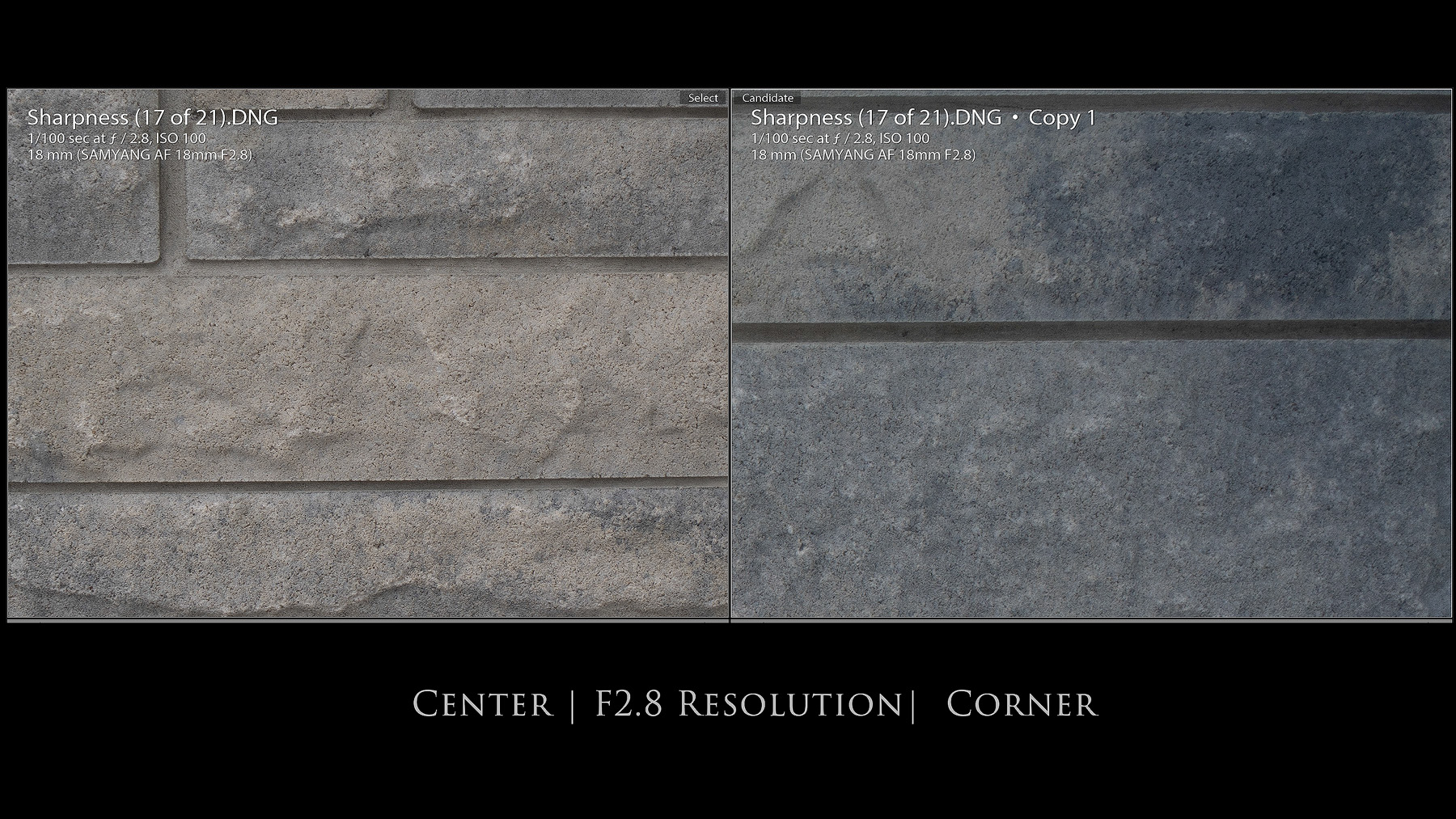
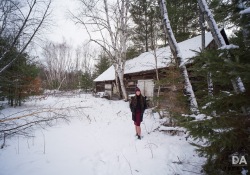





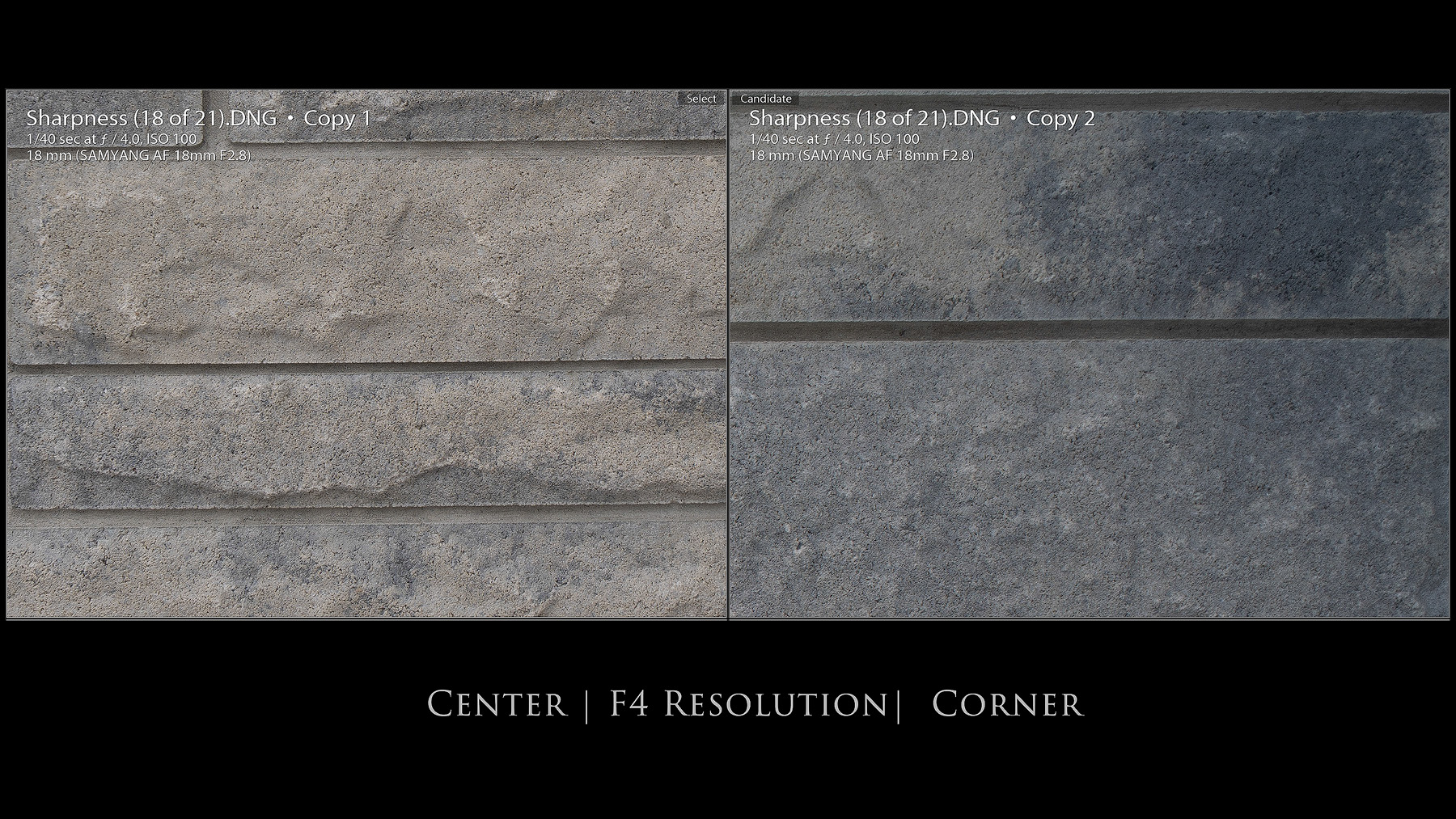
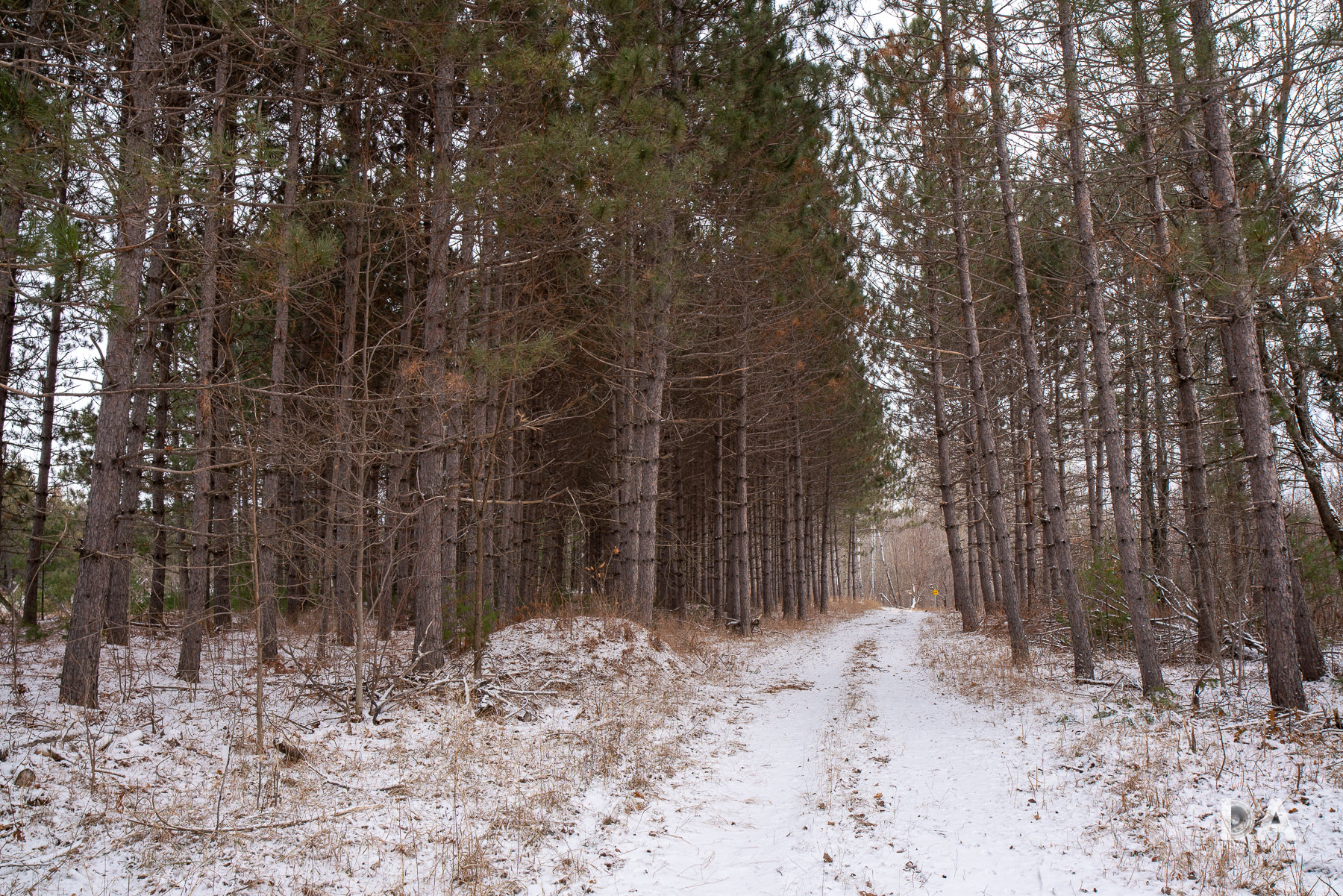
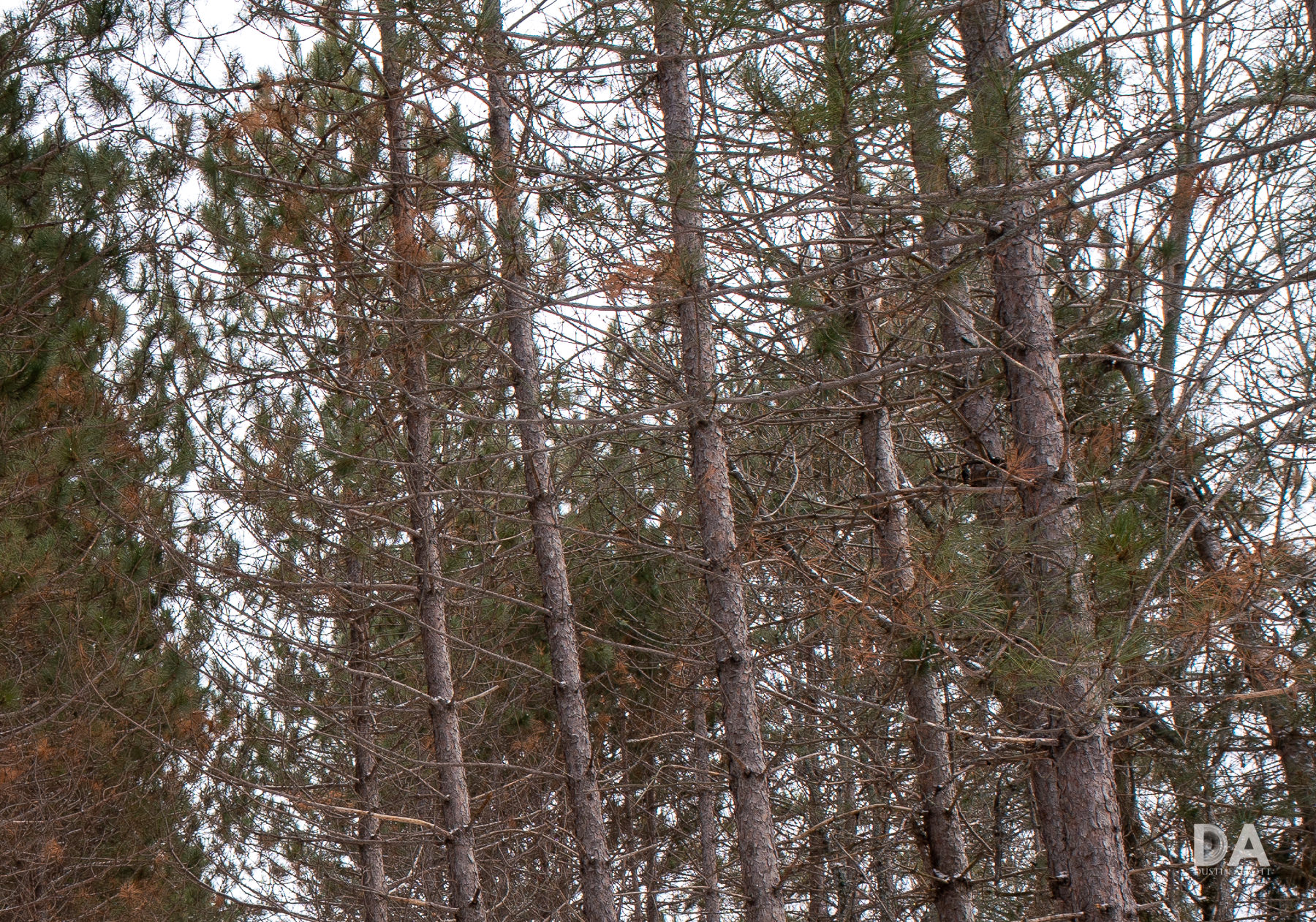
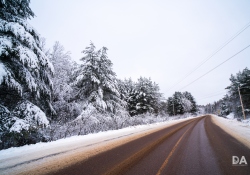


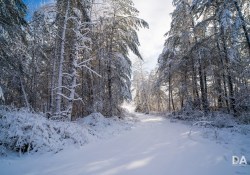










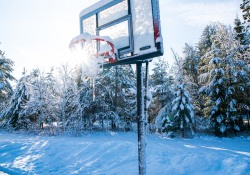






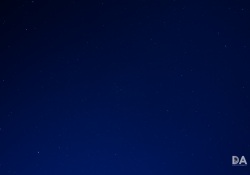
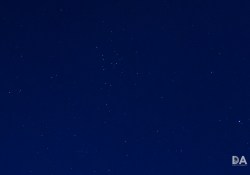
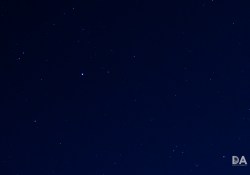
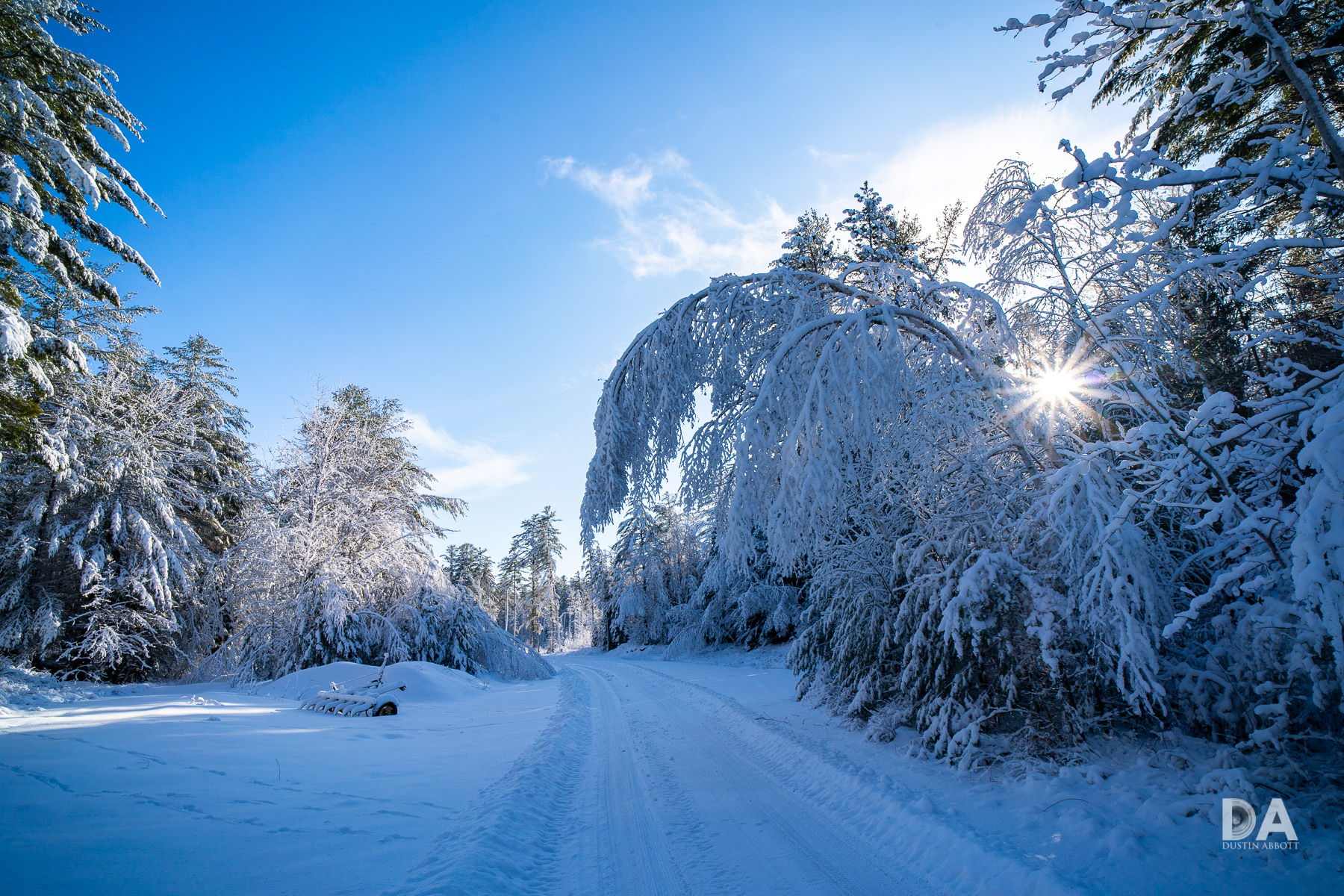
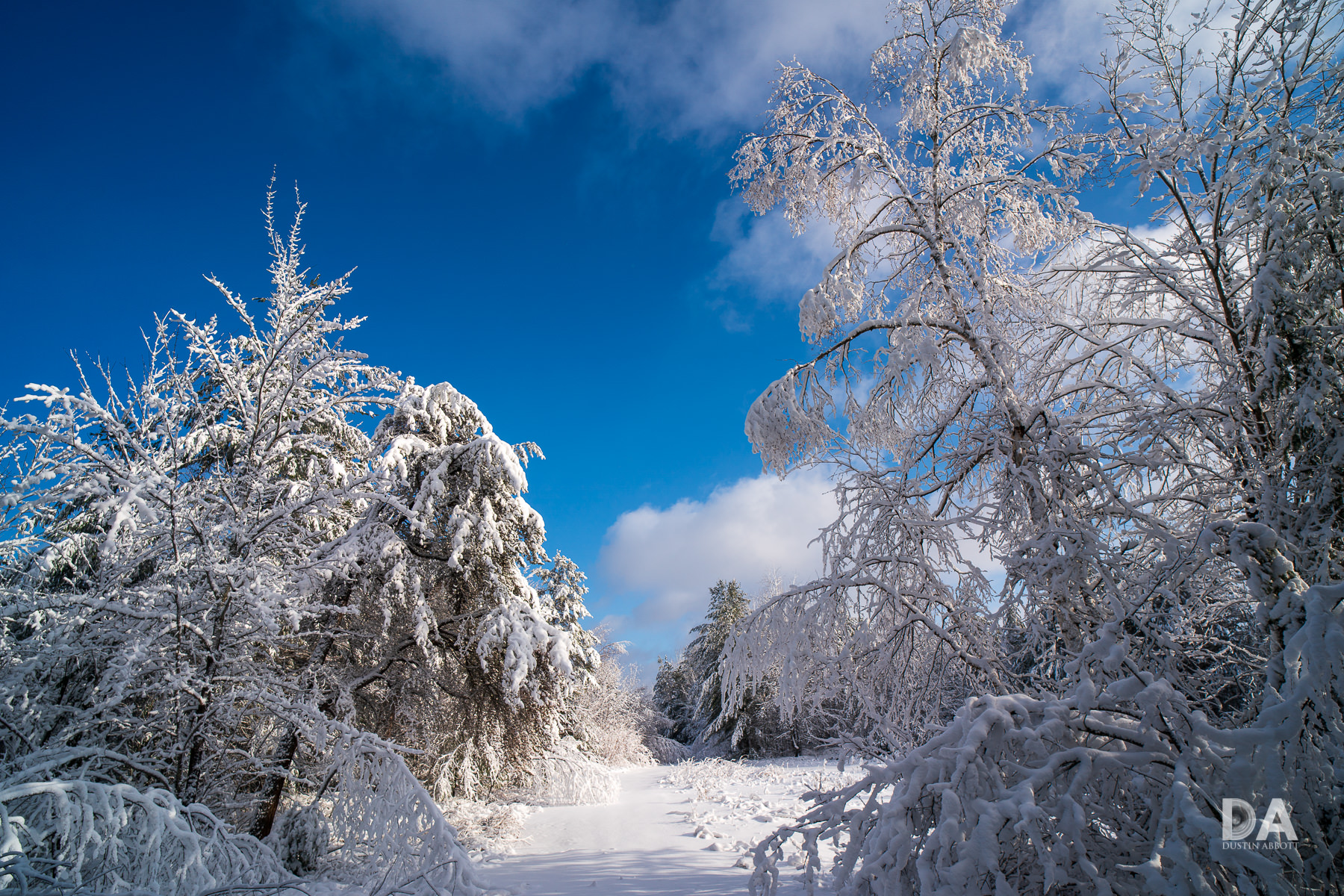



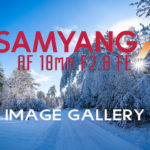
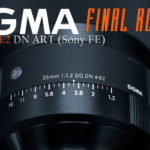
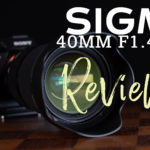

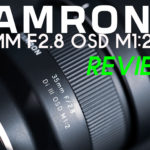
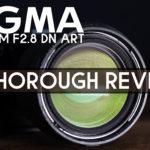
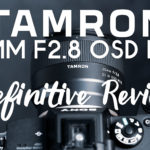
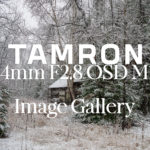
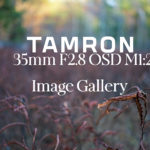

[…] Samyang AF 18mm F2.8 […]
[…] Samyang AF 18mm F2.8 […]